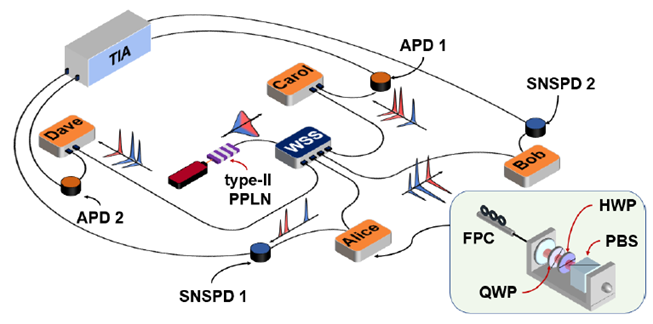Bridging Realms: Exploring Hybrid Quantum-Classical Networks, and Enabling Technologies

About Course
As the world moves closer to the quantum era, integrating quantum communication with classical networks has become a crucial step toward secure and efficient information exchange. This course, Bridging Realms: Exploring Hybrid Quantum-Classical Networks and Enabling Technologies, offers an in-depth exploration of hybrid quantum-classical architectures, quantum key distribution (QKD), and quantum-enhanced sensing. You’ll discover how these cutting-edge technologies are shaping the future of cybersecurity, sensor networks, and global communications.
Through real-world use cases and insights from leading research programs like DARPA’s Hybrid Quantum-Classical Network initiative, this course will prepare you to understand and contribute to the evolution of quantum-secured networks. Whether you’re a technology enthusiast, researcher, or industry professional, this course will give you the foundational knowledge and technical insights needed to navigate the hybrid quantum-classical landscape.
Course Content
Introduction to Hybrid Quantum-Classical Networks
Defining Hybrid Quantum-Classical Communication Networks
00:00Historical context and evolution of quantum-classical synergy
00:00